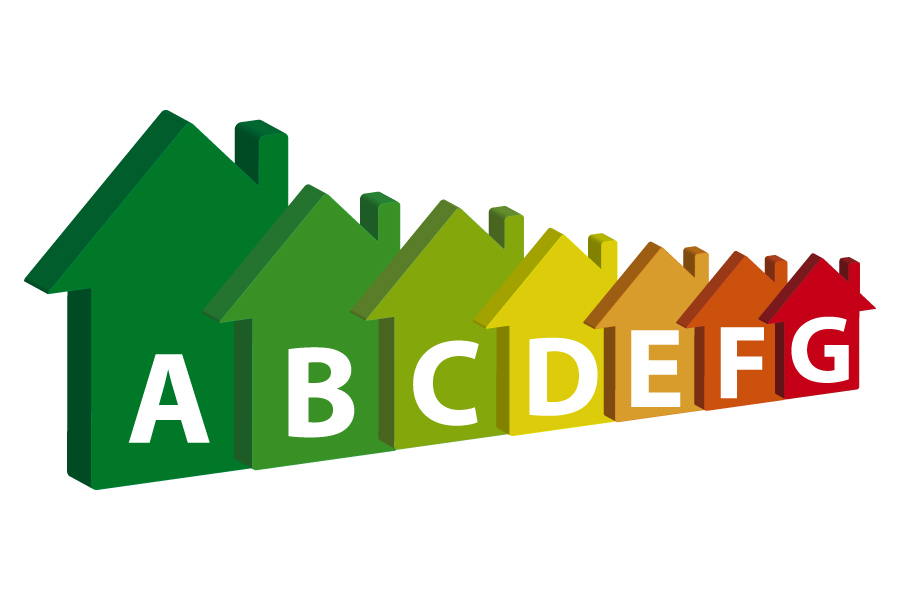Just over 60% of all homes that came onto the market last year had an EPC rating of C or higher, as buyers, tenants and home builders started paying more attention to energy performance assessments.
This is evident from research by epIMS, the EPC and energy efficiency platform. It analyzed the number of homes sold, rented or built in England and Wales over the last twelve months (Q4 2023 – Q3 2024) to see how many homes had an EPC rating of C or above and how this compares to the figures of the previous 12 months (Q4 2022 – Q3 2023).
The analysis found that in the last 12 months, 60.2% of all homes sold, rented or built in England and Wales had an EPC rating of C or above, an increase of 1.6% of the previous year.
In London, 64% of homes came onto the market with a rating of C or higher, which is the highest proportion of any region.
This is followed by the North East (61.8%), the South East (61.5%), the North West (61.5%) and the East of England (61.4%).
Commenting on the latest data, EpiMS Chief Operating Officer Craig Cooper said it was great to see that tenants and buyers are increasingly aware of EPC ratings.
However, he wanted to emphasize that an EPC score is not necessarily a reflection of how environmentally friendly a home is, and that not enough people know that the overall EPC score from A to G does not give the full picture of what is going on is. inside the house. “For example, air-water heat pumps are an environmentally friendly way to heat a house, but provide less of a boost to the EPC score than an efficient traditional gas boiler.”
He added: “True insight into a home’s energy efficiency is only possible if you study the EPC rating at a much more precise level, meaning you know how numerical EPC points stack up to determine the overall letter rating . This gives you a complete picture of the energy efficiency of a home and, more importantly, of the steps needed to improve it.”


